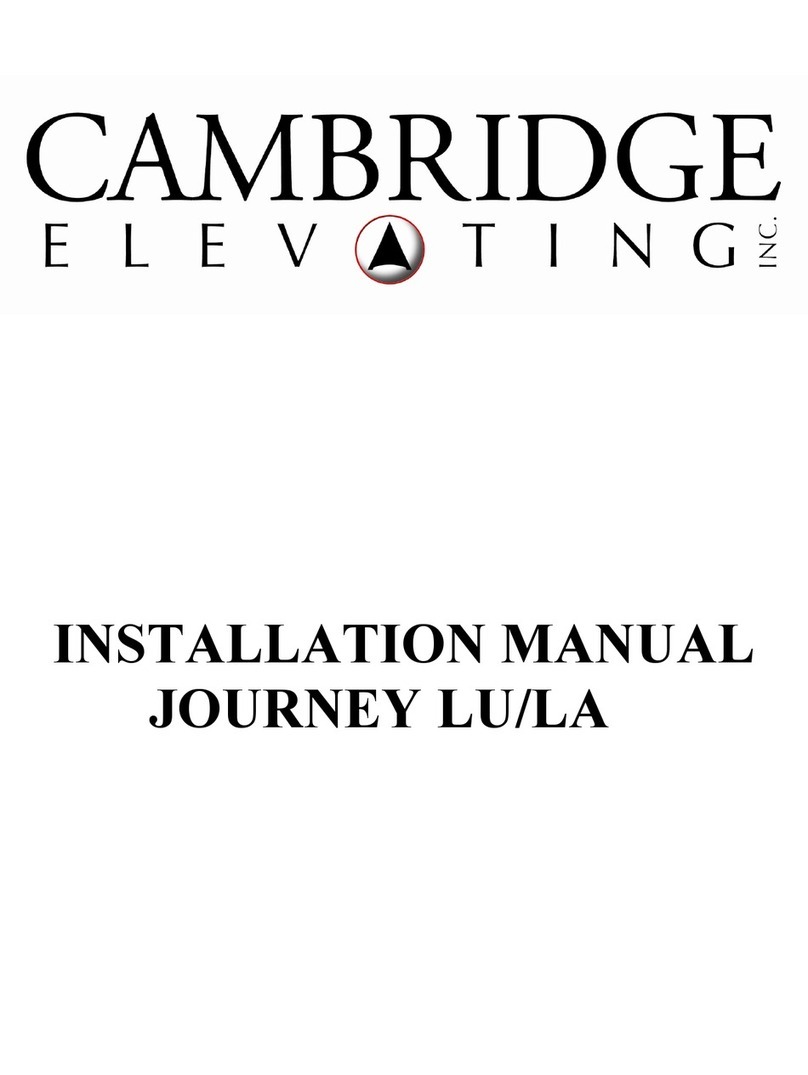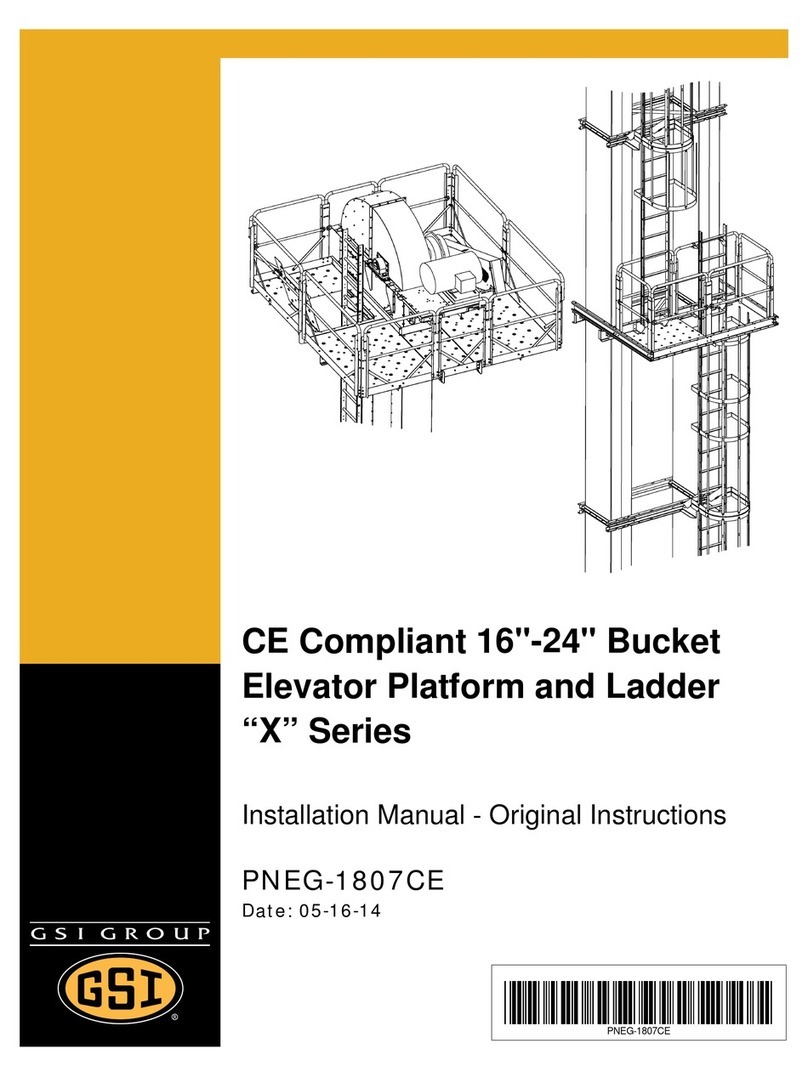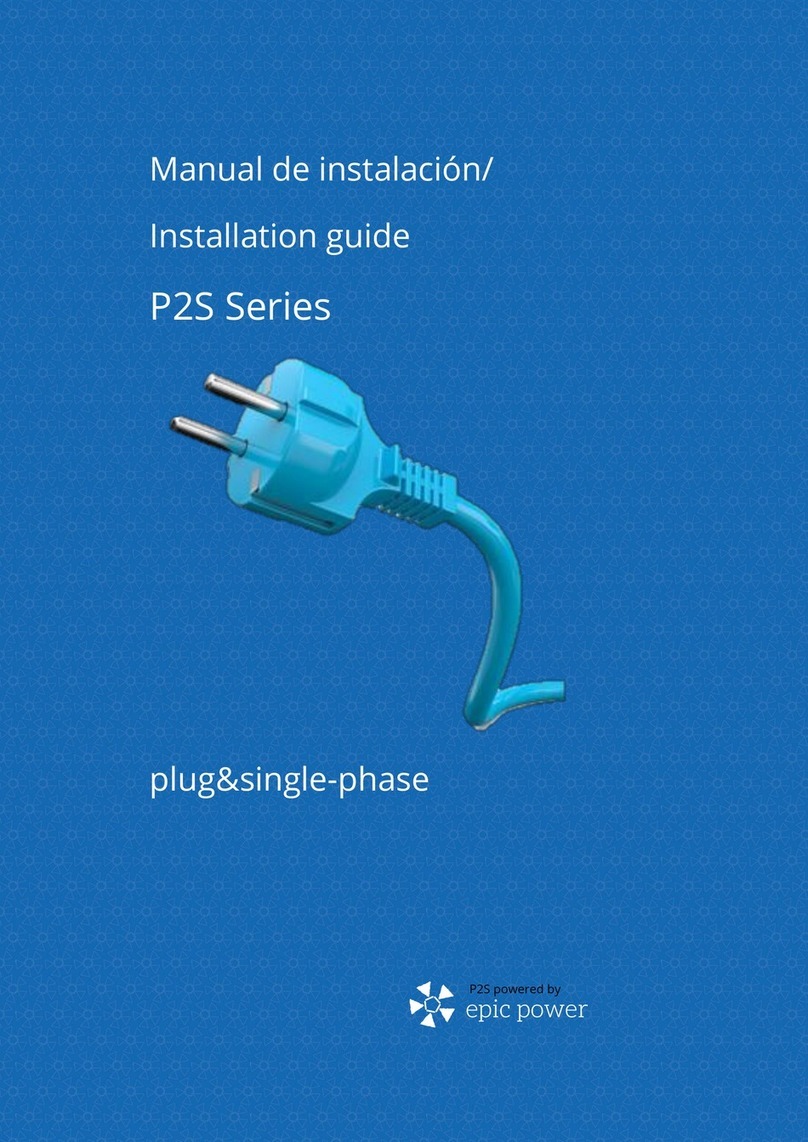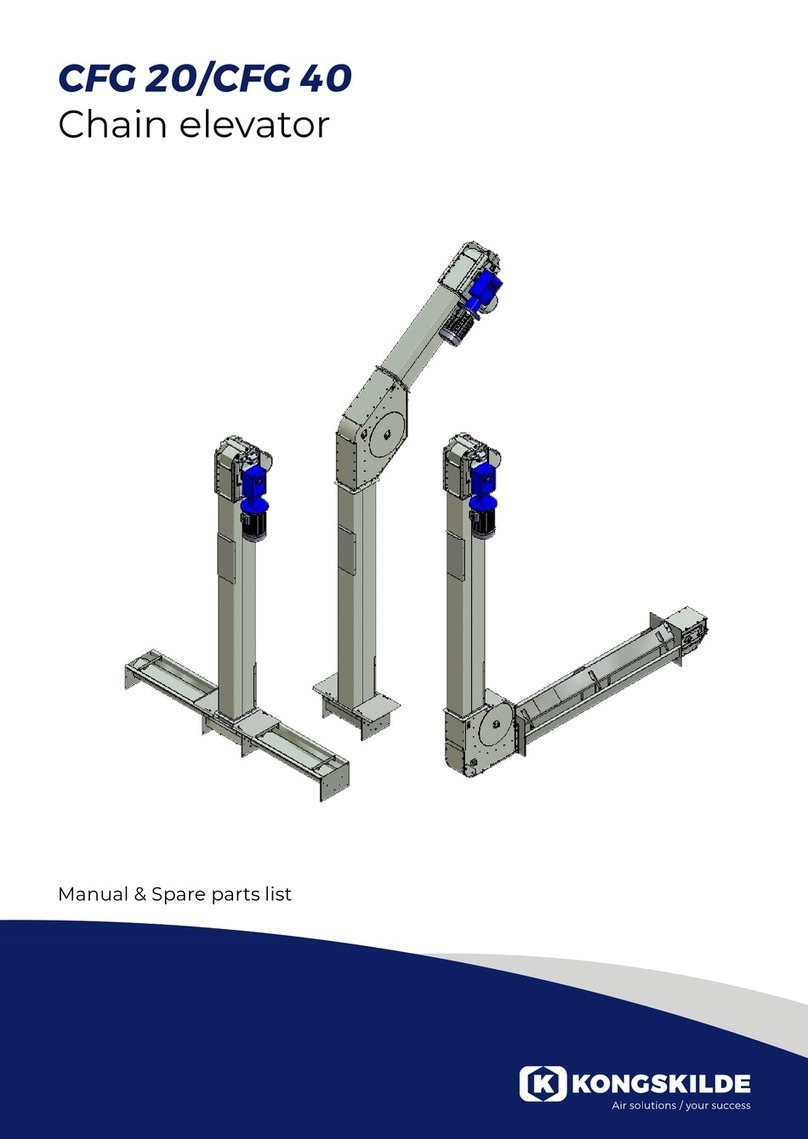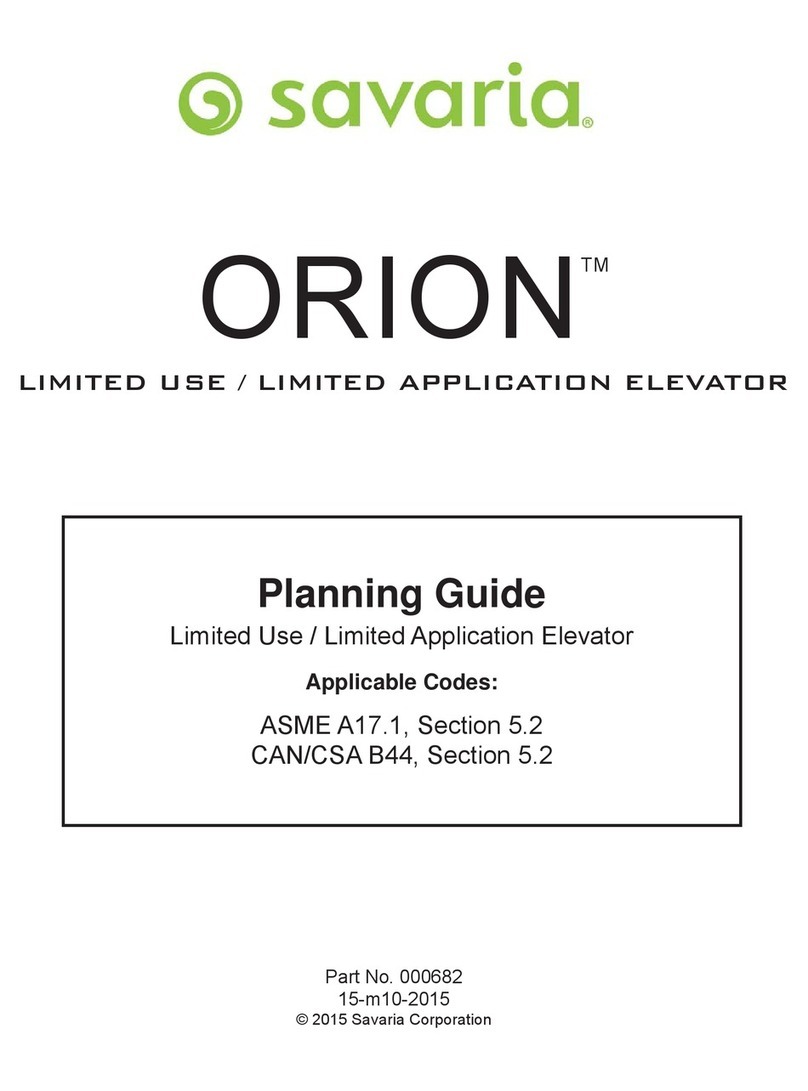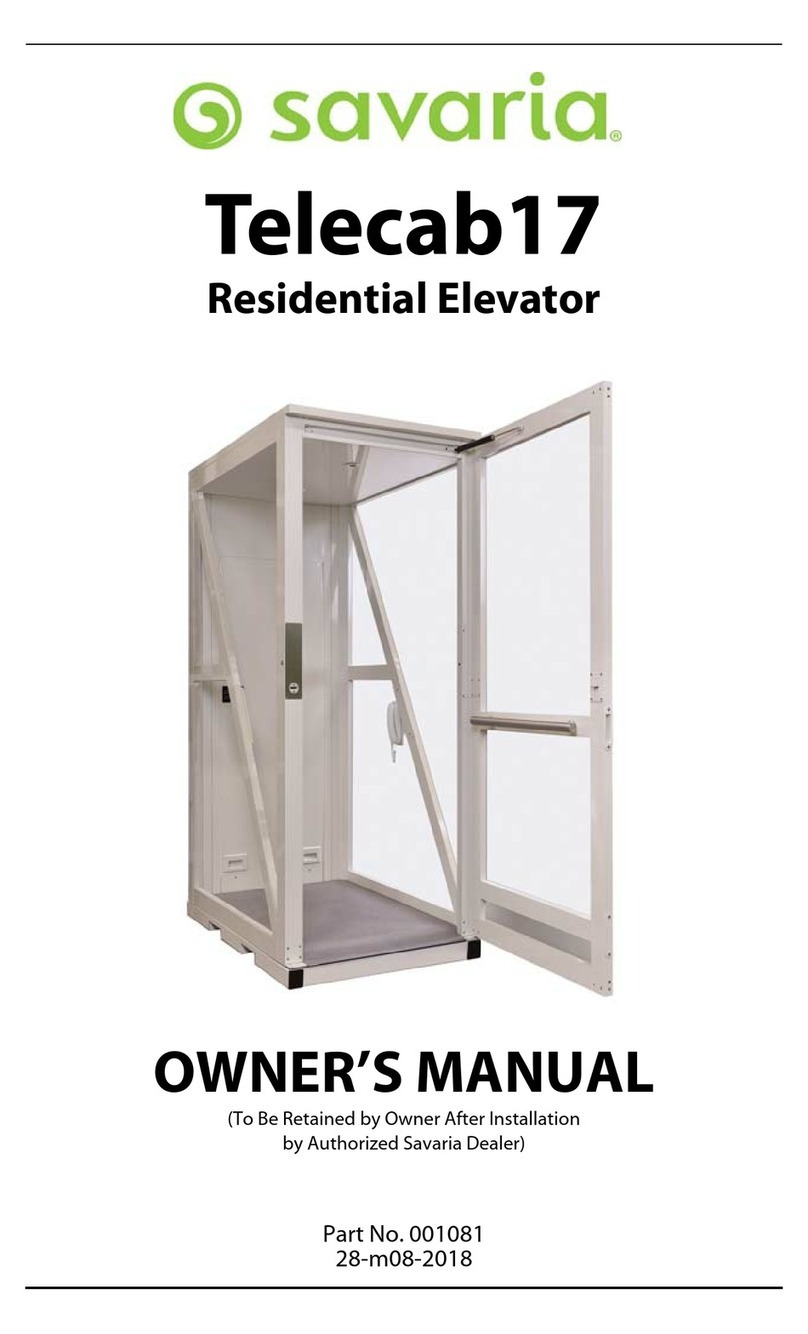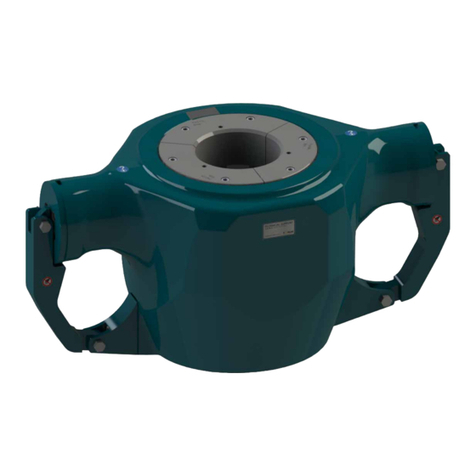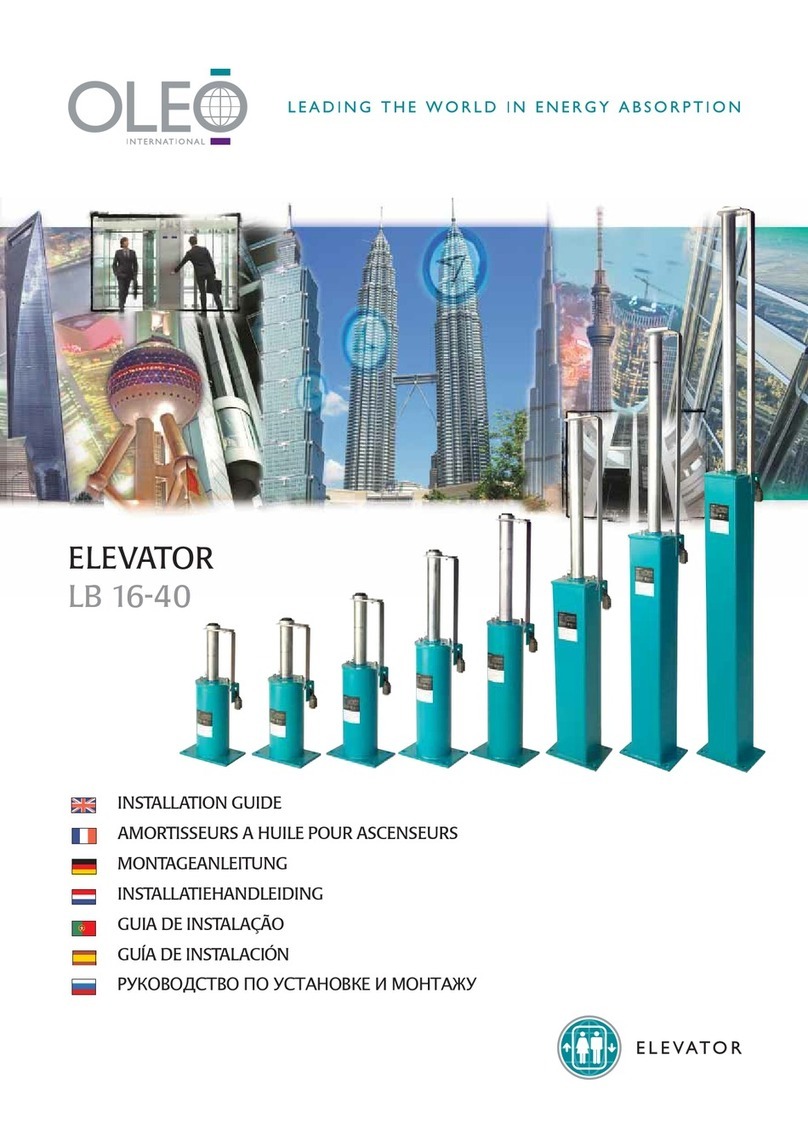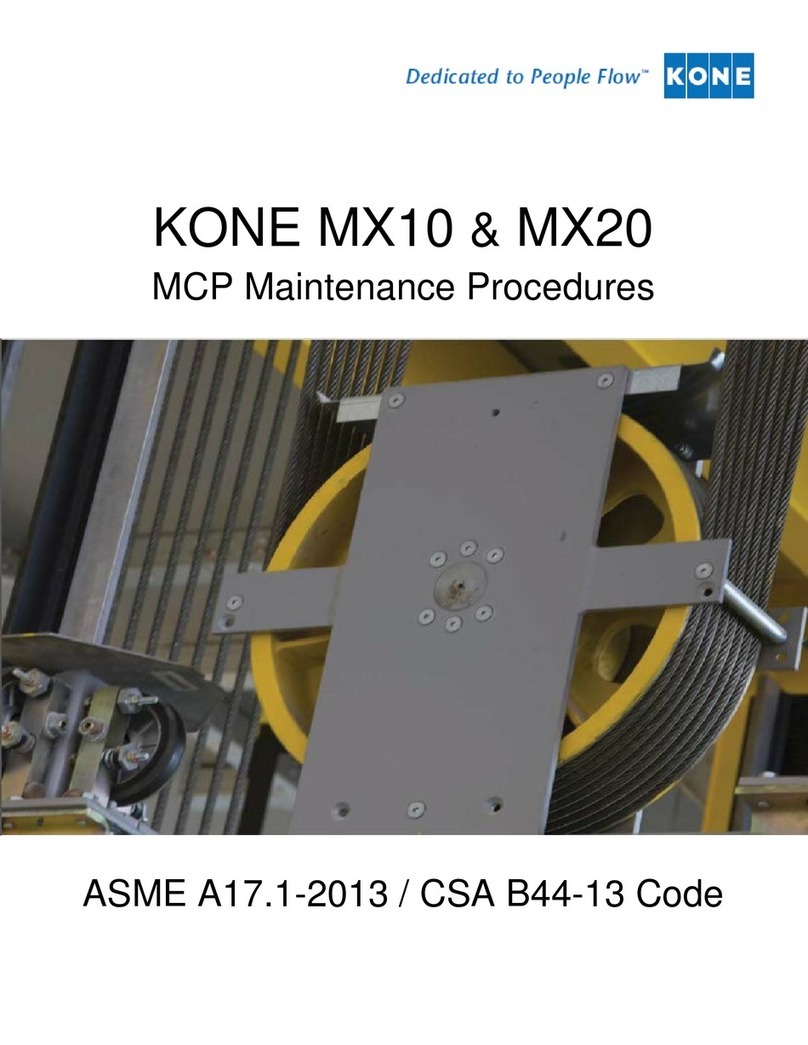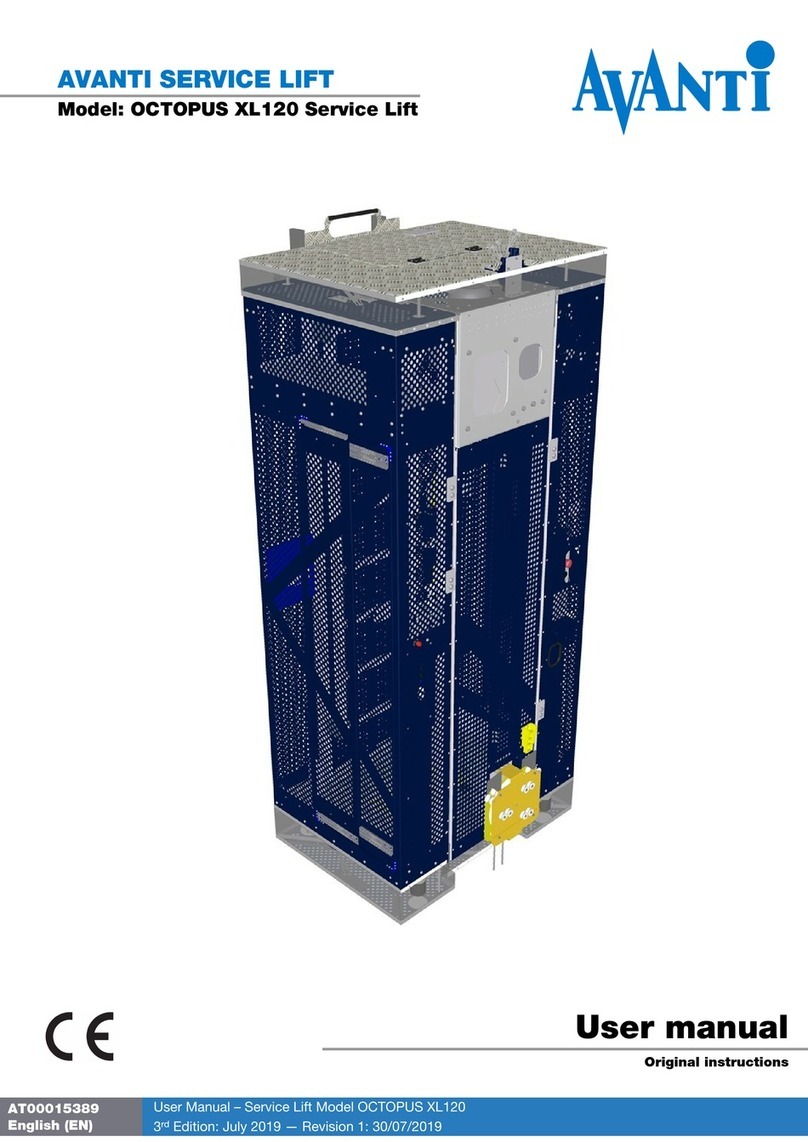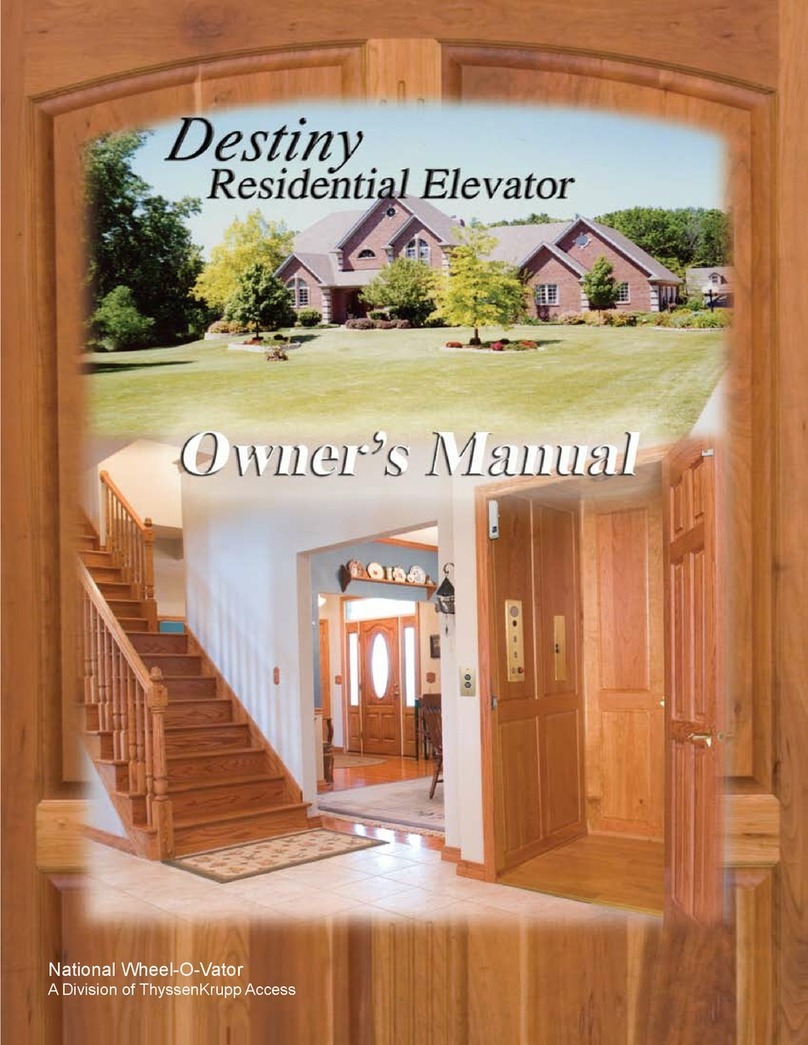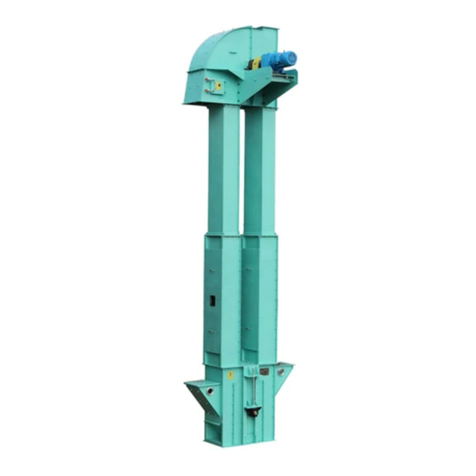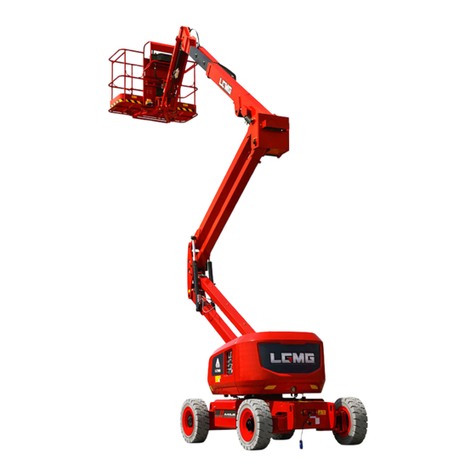
Table of Contents
A46JRT – 0260228 1
Table of Contents
EC Declaration of Conformity.....................................2
Safety Rules ...............................................................3
Fall Restraint Lanyard Anchor Points .........................4
Introduction.................................................................5
Component Identication............................................5
Special Limitations......................................................6
Platform Capacity....................................................6
Manual Force ..........................................................6
Platform Overload Sensing System ........................6
Beaufort Scale.........................................................6
Controls and Indicators...............................................7
Battery Disconnect Switch ......................................7
Lower Controls and Indicators ................................7
Upper Controls and Indicators ................................7
Battery Disconnect Switch..........................................8
Lower Controls ...........................................................8
Start Button .............................................................8
Emergency Stop Button ..........................................8
Controls Selector Switch .........................................8
Ground Operation Switch........................................8
Rotation Switch .......................................................8
Riser Switch ............................................................8
Boom Elevation Switch ...........................................8
Boom Extension Switch ..........................................8
Jib Articulation Switch .............................................8
Platform Level Switch..............................................8
Platform Rotation Switch.........................................8
Engine/Emergency Power Switch ...........................9
Diagnostic Center Display.......................................9
Platform Overload Warning Light ............................9
Tilt Warning Light.....................................................9
Hydraulic Oil Warm-Up Switch ................................9
Circuit Breaker Reset Buttons ....................................9
Upper Controls .........................................................10
Start Switch ...........................................................10
Emergency Stop Button ........................................10
Drive Joystick ........................................................10
Steer Switch ..........................................................10
Drive Range Switch...............................................10
Boom Speed Knob ................................................10
Rotation Switch .....................................................10
Riser Switch ..........................................................10
Boom Elevation Switch ......................................... 11
Boom Extension Switch ........................................ 11
Jib Articulation Switch ........................................... 11
Platform Level Switch............................................ 11
Platform Rotation Switch....................................... 11
Engine/Emergency Power Switch ......................... 11
Horn Switch........................................................... 11
Snorkel Guard Override Switch............................. 11
Platform Foot Switch ............................................. 11
AC Generator Switch ............................................ 11
Hydraulic Oil Warm-Up Switch .............................. 11
Pre-Operation Safety Inspection ..............................13
System Function Inspection .....................................14
Operation..................................................................15
Cold Weather Start-Up..........................................15
Hydraulic System Cold Weather Warm-Up ...........15
Hydraulic System Warm-Up Switch ......................15
Manually Warming The Hydraulic System ............15
Preparing for Operation.........................................16
Lower Controls ......................................................16
Upper Controls ......................................................16
Boom Operation ....................................................16
Driving and Steering..............................................16
Drive Speeds.........................................................17
Pivoting Front Axle ................................................18
Snorkel Guard Override Switch.............................18
Drive Motion Alarm................................................18
Electrical Power Outlet..........................................18
AC Generator ........................................................18
Air Line ..................................................................18
Emergency Lowering................................................19
Lower Controls ......................................................19
Upper Controls ......................................................19
After Use Each Day..................................................19
Transporting the Machine.........................................20
Preparing for Transportation .................................20
By Crane ...............................................................20
By Transport Vehicle .............................................20
Maintenance.............................................................21
Hydraulic Fluid ......................................................21
Check Hydraulic Fluid ...........................................21
Engine ...................................................................21
Oil Level ................................................................21
Battery Maintenance .............................................21
Inspection and Maintenance Schedule.....................22
Daily Preventative Maintenance Checklist ...............23
Preventative Maintenance Report.........................23
Specications ...........................................................24
Aerial Platform.......................................................24
Platform.................................................................24
Function Speed .....................................................24
Drive System.........................................................24
Tires ......................................................................24
Electrical System...................................................24
Hydraulic System ..................................................24
Engine ...................................................................24
Fuel Tank Capacity................................................24
Ambient Air Temperature Operating Range ..........24
Maximum Wind Speed ..........................................24
Sound Pressure Level...........................................24
Group Classification ..............................................24
Working Envelope .................................................25


